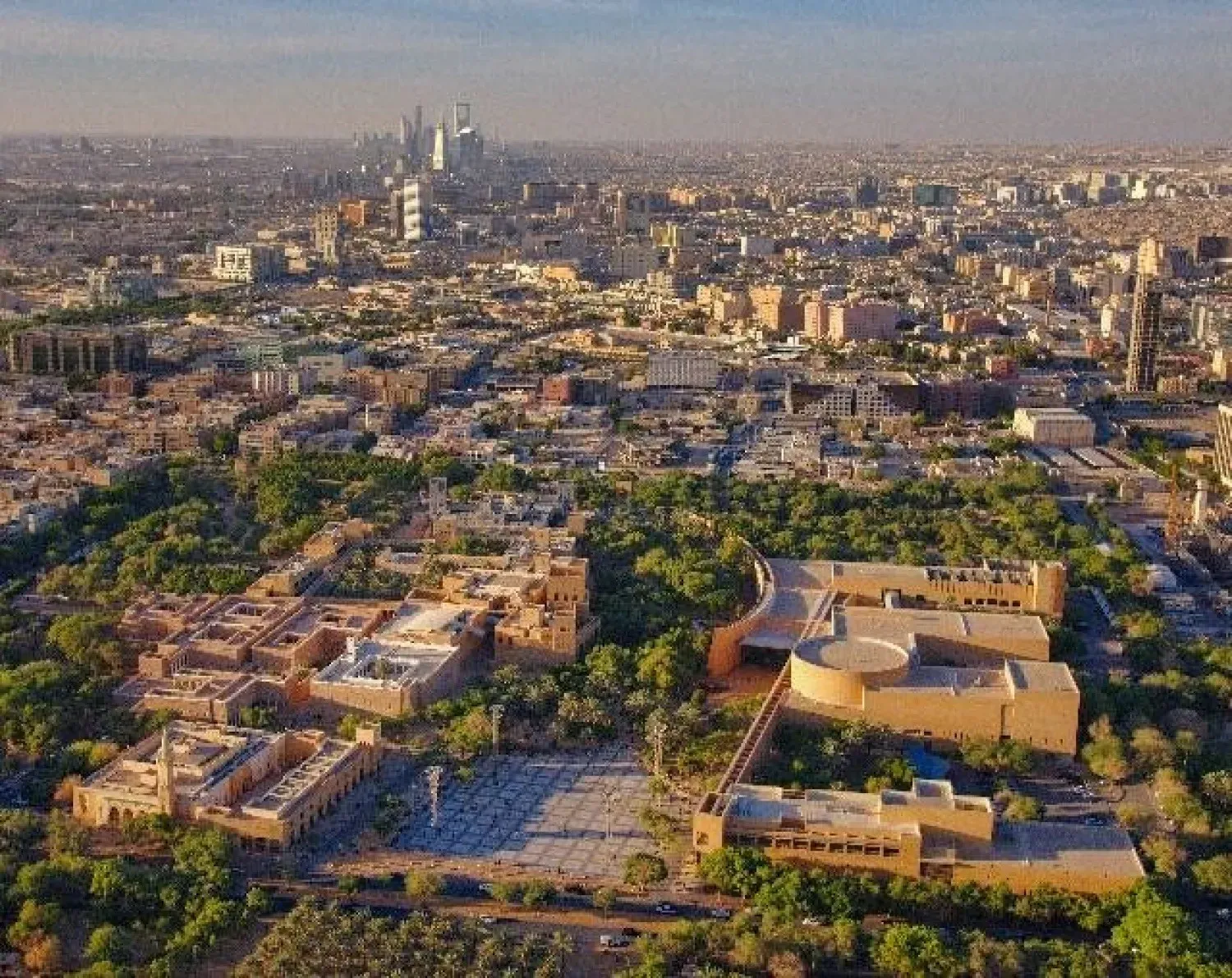Saudi banks’ lending to the private sector reached an all-time high in January 2025, reflecting ongoing efforts to strengthen the Kingdom’s non-oil economy in line with Vision 2030.
According to the Saudi Central Bank’s (SAMA) monthly report, bank claims on the private sector grew by nearly 14% year-on-year in January, reaching SAR 2.89 trillion ($770.6 billion), compared to SAR 2.54 trillion ($676 billion) in the same month of the previous year. These claims include loans, advances, and other credit facilities extended by banks, serving as a key indicator of available credit in the financial system.
Bank credit accounted for approximately 96% of total claims on the private sector, which also includes investments in private securities. Bank lending rose to SAR 2.79 trillion ($744 billion) in January, marking a 13% annual increase from SAR 2.46 trillion ($656 billion) in January 2024.
Meanwhile, deposit growth was comparatively lower, rising by 9.2% year-on-year to reach a record SAR 2.73 trillion ($728 billion) in January 2025, up from SAR 2.50 trillion ($666 billion) in the same period of 2024.
Speaking to Asharq Al-Awsat, Anton Lopatin, Senior Director for Banks at Fitch Ratings, explained that most Saudi private sector companies have limited access to public financing through bonds or sukuk issuances. As a result, bank loans remain the primary means of securing working capital and funding new projects.
Over the past five years, total private sector financing has nearly doubled, indicating a strong demand for credit from businesses and individuals. This growth is essential for further expanding Saudi Arabia’s non-oil economy and aligns with Vision 2030.
Despite the rapid credit expansion in recent years, Saudi Arabia’s economy remains less leveraged compared to other Gulf Cooperation Council (GCC) countries, such as the UAE, Qatar, and Kuwait. Lopatin noted that Saudi banks have significant room for further expansion, particularly given the strong projected growth of the non-oil sector, which is expected to exceed 4% in 2025–2026.
Lopatin also pointed out that anticipated interest rate cuts should theoretically lower borrowing costs. However, this will also depend on banking sector liquidity. He noted that in December 2024, Saudi banks experienced a monthly decline in deposits for the first time in five years, leading to upward pressure on funding costs. If the funding gap continues to widen—where loan book growth outpaces deposit accumulation—the benefits of lower interest rates for borrowers may be diminished.
SAMA’s report also highlighted a continued deficit in Saudi banks’ net foreign assets, which turned negative in July 2024 for the first time since 1993. In January 2025, the deficit stood at SAR 10.7 billion ($2.8 billion), compared to a surplus of SAR 70 billion ($18.6 billion) in the same month of the previous year.
Net foreign assets represent the difference between banks’ foreign investments and external liabilities, reflecting the banking sector’s exposure to the global economy and its ability to meet international obligations.
As part of Vision 2030, Saudi Arabia is aiming to increase the contribution of small and medium-sized enterprises (SMEs) to GDP to 35%, while raising the private sector’s share to 65%. Additionally, the Kingdom is seeking to boost foreign direct investment (FDI) to 5.8% of GDP and expand non-oil exports to 50% of total exports.
The International Monetary Fund (IMF), in its latest Article IV consultation, projected that Saudi Arabia’s public debt-to-GDP ratio will reach 30% in 2025. It also expects private sector credit growth to reach 9.7% in 2025, compared to 10.1% in the previous year.









